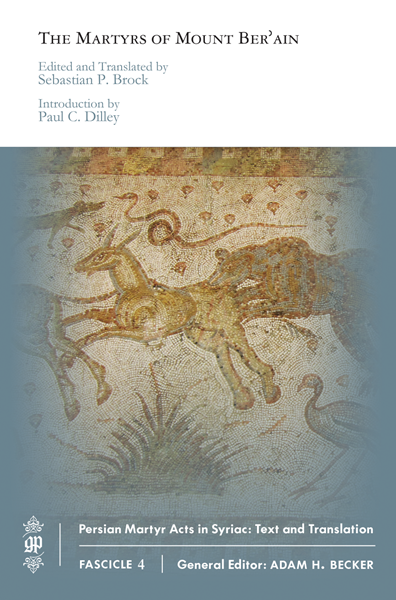
Bausi, Alessandro & Pier Giorgio Borbone, Françoise Briquel-Chatonnet, Paola Buzi, Jost Gippert, Caroline Macé, Marilena Maniaci, Zisis Melissakis, Laura Parodi, Witold Witakowski (eds.). 2015. Comparative Oriental manuscript studies: An introduction. COMSt.
The present introductory handbook on comparative oriental manuscript studies is the main achievement of the Research Networking Programme ‘Comparative Oriental Manuscript Studies’ (COMSt), funded by the European Science Foundation from June 2009 to May 2014. Within the framework of the five-year programme, several hundred scholars from ‘central’ as well as ‘marginal’ fields related to manuscript study and research had the opportunity ofexchanging ideas and discussing diverse approaches, looking for common ground and a better understanding of the others’ reasons and methodology in manuscript studies: from codicology to palaeography, from textual criticism andscholarly editing to cataloguing as well as conservation and preservation issues, and always taking into account theincreasing importance of digital scholarship and the natural sciences.
Alberto Cantera and Desmond Durkin-Meisterernst discuss in this volume Zoroastrian manuscripts and the Turfan fragments.
 An important article by Heidemann, Riederer and Weber on a hoard of coins from the final years of the empire. I personally find the dipinti on the coins very interesting. Heidemann’s discussion of the hoard, his conclusions and Dieter Weber’s decipherment of the graffito are fascinating:
An important article by Heidemann, Riederer and Weber on a hoard of coins from the final years of the empire. I personally find the dipinti on the coins very interesting. Heidemann’s discussion of the hoard, his conclusions and Dieter Weber’s decipherment of the graffito are fascinating:

 Smith, Kyle. 2014.
Smith, Kyle. 2014.  McCollum, Adam Carter. 2013.
McCollum, Adam Carter. 2013.  Rapp, Stephen. 2014.
Rapp, Stephen. 2014.  Briant, Pierre. 2015.
Briant, Pierre. 2015.